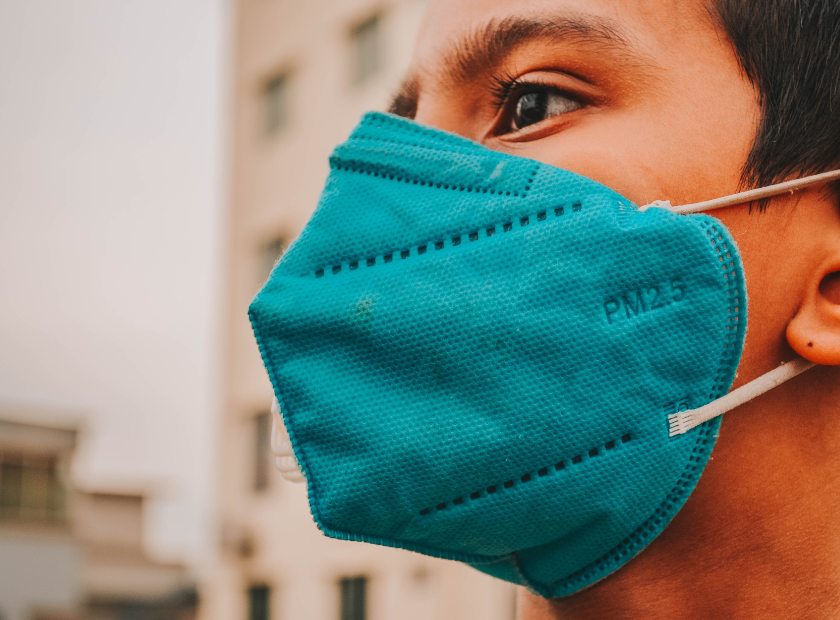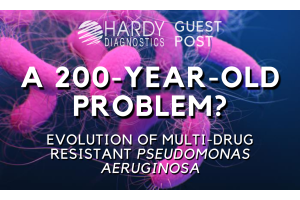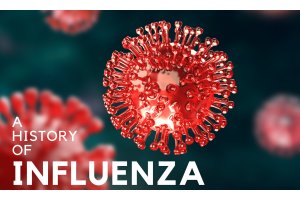Will the New EG.5 Variant Cause a Pandemic Rerun?
May 11th of 2023 marked the end of both the public health emergency and the national state of emergency for the COVID-19 pandemic. However, health professionals are concerned with the rise of the EG.5 variant, an up-and-coming SARS-CoV-2 strain that is potentially more transmissible than any of the current circulating strains in the United States. (1) EG.5 is a descendant of the Omicron lineage XBB.1.9.5 and was first reported to the World Health Organization (WHO) on February 17 of 2023. On August 9, the WHO has designated it as a variant of interest. (2)
EG.5 may be more capable of evading host immunity compared to the previous subvariants of COVID, regardless of whether that immunity is acquired through past infection or vaccination. According to WHO, this variant carries a mutation in the spike protein amino acid F456L, which accounts for the evasiveness as well as the rapid rise in cases. (1,2) EG.5 was responsible for about 12.5% of the United States COVID cases at the end of July, and the Centers for Disease Control and Infection estimates a 20.6% share by the third week of August. (3) While the disease symptoms of EG.5 seem to be similar to those of its predecessors, there has been a 14.3% increase of COVID-related hospitalizations, which may also be due to EG.5’s ability to evade defense systems. (1)
So, how should we approach this new variant and what can we expect as we enter the fall and winter seasons? Although it is true that EG.5’s cases have increased faster than others before it, WHO has determined that the threat level is no greater than any other variant that is currently active. (2)
For now, EG.5’s presence should serve as a reminder that COVID is still here and still dangerous. Researchers are predicting the usual peak in cases as the weather gets colder, but anticipation of a “triplendemic” (SARS-CoV-2, influenza, and respiratory syncytial virus) are means for more precautions. Preventative measures are the key to stopping the spread, and personal protection is of utmost importance, especially for those who are immunocompromised or at higher risk of infection. (1)








